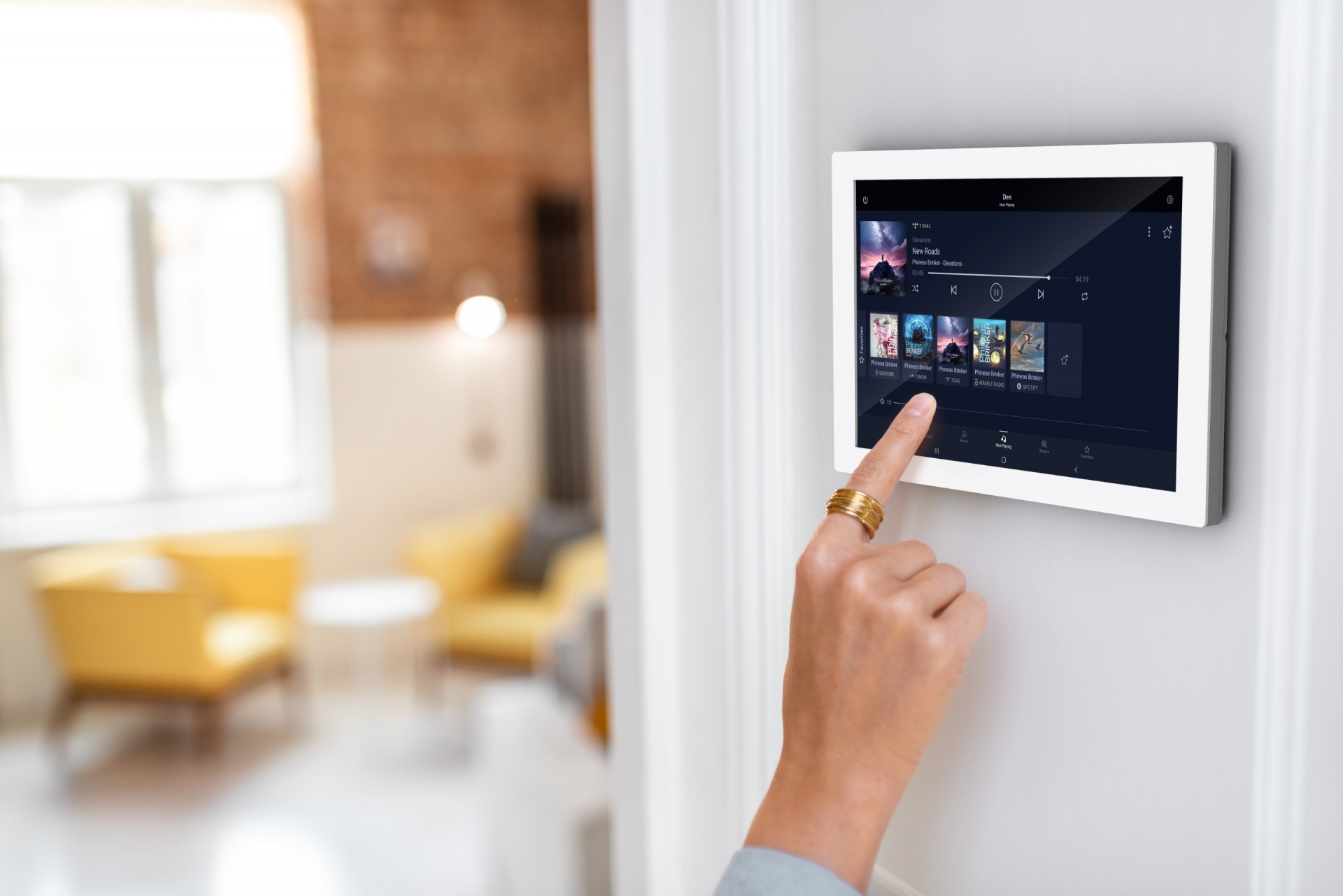
Source: Russound.com
Required Tools and Materials
Before starting, gather the necessary tools and materials:
- Tablet: The Android tablet you want to mount.
- Mounting Hardware: Wall mount, screws, and possibly anchors for drywall.
- Power Cable: A long USB cable or wireless charging pad.
- Cable Management Tools: Cable clips or raceways for neat routing.
- Smart Lights: Optional, for better lighting and energy savings.
- Security Camera Apps: If using the tablet for security.
- Home Monitoring Systems: For comprehensive home security.
Mounting the Tablet
Installing the Wall Mount
- Prepare the Wall: Ensure the wall is clean and dry. Use anchors for extra support on drywall.
- Attach the Mount: Follow the mount's instructions to attach it securely using screws. Check it’s level and firmly in place.
- Adjustable Arms or Brackets: Set adjustable arms or brackets to fit your tablet size for a snug fit.
Attaching the Tablet
- Slide or Snap into Place: Attach the tablet by sliding or snapping it into place according to the mount’s design.
- Double-Check Stability: Ensure the tablet is stable and won’t fall off with a slight nudge. Tighten adjustable grips if available.
Cable Management
- Route the Power Cable: Use cable clips or raceways to route the power cable neatly along the wall.
- Run Cable Behind Furniture: If possible, run the cable behind furniture or along baseboards for a seamless look.
- Power Outlet Behind Tablet: Consider using a power outlet behind the tablet for easy access and a clean setup.
Software and Apps Considerations
Ensuring Compatibility
- Screen Mirroring or Casting: Ensure your device supports screen mirroring or casting for presentations, entertainment, or interactive displays.
- Optimize Display Settings: Optimize display settings for better resolution and touch sensitivity.
- Install Apps Designed for Larger Screens: Use apps like Google Home, Spotify, Netflix, and smart home controls for a better experience.
Regular Updates and Maintenance
- Regular Updates: Regularly update your tablet's software for smooth performance.
- Maintenance Tips: Clean the screen and check for software updates routinely.
Additional Tips for Smart Home Integration
Security Camera Apps
- Install Security Camera Apps: Use security camera apps and home monitoring systems for safety. Display live feeds and alerts on your wall-mounted tablet.
- Smart Home Controls: Manage lighting, temperature, and other smart devices seamlessly.
Smart Lights
- Use Smart Lights: Keep your home well-lit and cooler, saving money on energy bills.
Mounting an Android tablet in a wall mount can significantly enhance its functionality. By following these steps and considering the necessary tools and materials, you can create a sleek and professional setup that integrates perfectly with your smart home system. Whether creating an interactive display, a presentation tool, or a central hub for entertainment and home automation, this guide provides all the information needed to get started.
